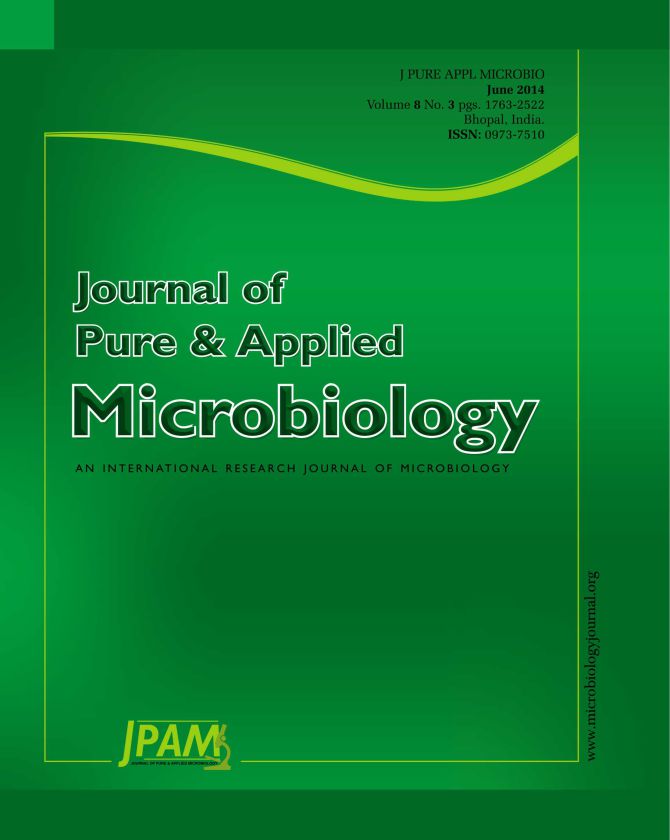Common in all five continents temperate, subtropical and tropical regions, Rosellinia species are recorded all over the world including the herbaceous plants, many economical as well as ornamental and fruit trees. This pathogenic fungus has very wide host range and characteristic symptoms of this disease are rotting of roots, yellowing and falling of leaves, wilting and finally death of the tree. It is the severity of the disease caused by Rosellinia necatrix which makes it a most detrimental fungal pathogen of economical and fruit tree species. This pathogen is capable of surviving and remaining active for many years on the residues of susceptible crops like olive, grapevine, almond etc. It has been proved difficult to control root rot infecting fungi particularly the white root rot causing fungi R. necatrix in temperate and subtropical region. Although there are number of techniques available to control Rosellinia infection includes soil fumigation, soil solarisation to induce disease suppressive activity of the soil, and biological control using the antagonistic fungus/bacteria. A relatively new approach has been proposed to control fungal diseases, which is based on the fact that mycoviruses have the capacity of induce hypovirulence in plant pathogenic fungi. R. necatrix was also reported to be a tough pathogen to transform via several known and well established methods of fungal transformation, which is required for better understanding the molecular basis of pathogenesis of this devastating fungus. The present review focuses on the complete and up-to-date information on biology and control strategies of R. necatrix, a major concern for the farmers.
Rosellinia necatrix, Apple, White root rot, mycovirus, pathogenesis
© The Author(s) 2014. Open Access. This article is distributed under the terms of the Creative Commons Attribution 4.0 International License which permits unrestricted use, sharing, distribution, and reproduction in any medium, provided you give appropriate credit to the original author(s) and the source, provide a link to the Creative Commons license, and indicate if changes were made.


